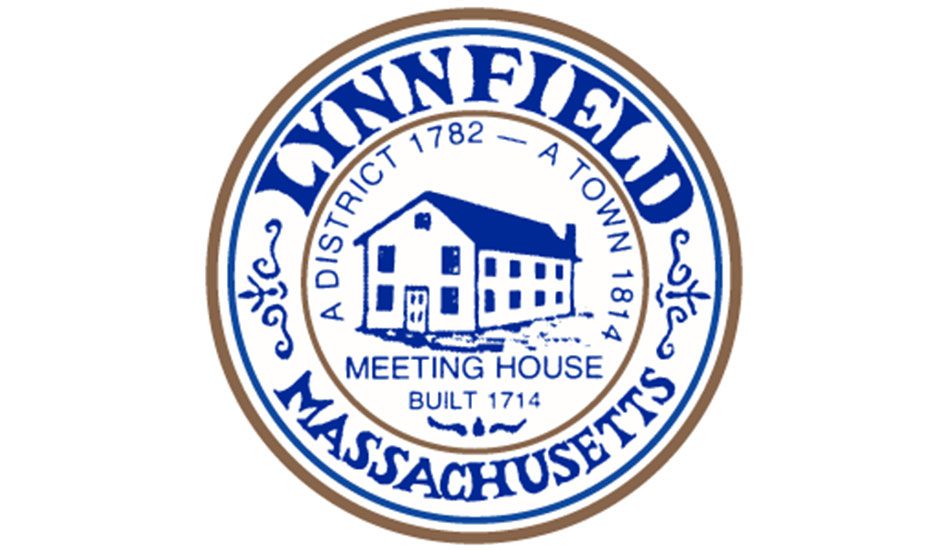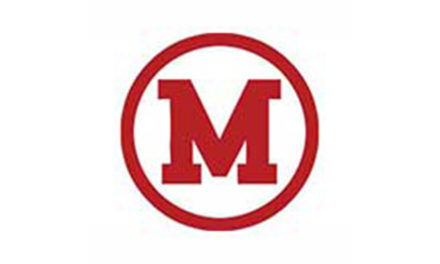By DAN TOMASELLO
LYNNFIELD — With the Fire Department’s staffing challenges continuing to be a major problem, Chief/Emergency Management Director Glenn Davis is looking to hire four permanent firefighters to address the issue in fiscal year 2025.
Davis unveiled the Fire Department’s preliminary FY25 operating budget, totaling $3,145,073, during last week’s Select Board meeting. The preliminary spending plan represents a 13.51 percent increase over FY24’s $2,737,718 operating budget. He recalled that the Fire Department’s staffing model is comprised of full-time permanent firefighters and call firefighters.
“We remain one of the very few area departments that has been able to maintain our combination staffing model for as long as we have,” said Davis. “The career and call members in Lynnfield work collaboratively to provide the best possible service to the residents of Lynnfield in the most cost-effective way possible.”
Davis said the Fire Department has continued experiencing challenges with recruiting and retaining call firefighters since he started sounding the alarm about the staffing problem last year.
“The continued attrition and turnover in my department is making it extremely challenging to manage and maintain the call division of our combination Fire Department,” said Davis. “We require a lot from our call firefighters. Back in the day, you would give them a fire coat and helmet and would say, ‘follow that guy and don’t get hurt.’ In Massachusetts now, there are a lot of certifications and requirements to become a firefighter and to maintain that certification. They have to attend the Massachusetts fire academy, which is approximately 16 weeks and 240 hours. We also require everyone to be an EMT basic at the minimum, which is a very similar commitment that is about 246 hours.”
Davis proposed hiring four permanent firefighters to work overnight shifts in FY24, but the four positions were not funded. In the wake of the Fire Department’s ongoing staffing challenges, he is requesting four permanent firefighters once again.
“I would assign them to a rotating overnight shift,” said Davis. “Our current staffing model at night has two firefighters in the firehouse from 6:30 p.m. to 6:30 a.m. This would double our staffing.”
Davis recalled that the Fire Department handles EMS calls as opposed to using a private ambulance service company. Under the current staffing model, he said the Fire Department has to callback firefighters if the two members on duty have to transport a patient to the hospital.
“If nobody comes back on a callback, that leaves us less protected than we would like to be for that next potential call,” Davis. “With four on duty, it guarantees we can go to that next medical call. It allows for more rapid transport of people. We all know that time is critical for both fire calls and EMS calls.”
Davis said 70 percent of the Fire Department’s calls are EMS-related while the remaining 30 percent are fire-related.
While Davis has hired eight new call firefighters over the past 18 months, he said 14 call firefighters have left the Lynnfield Fire Department in that same time period.
“Eight have gone to local fire departments to take full-time career jobs,” said Davis. “Others have found out that it just doesn’t fit into their lifestyle anymore. They thought they could do it, but they couldn’t just balance managing life and the additional requirements of being on our call Fire Department.”
Davis said the Fire Department’s “callback numbers have dwindled over the years.”
“A majority of our calls are now being handled by a diminishing number of members, which is causing burnout,” said Davis.
Davis recalled that the Fire Department’s staffing model was updated in 2017. Before the staffing model was updated, he said the department previously had one firefighter on duty from 4:30 p.m. on Friday afternoons to 8 a.m. on Monday morning.
“That caused a lot of sleepless hours when I was deputy chief at the time,” said Davis. “When we made that staffing change in 2017, we hired two additional career firefighters and created a couple of full-time equivalent (FTE) positions. That allowed us to staff our firehouse from 6:30 a.m.-6:30 p.m. seven days a week. It was a great step forward, but it wasn’t the end all solution.”
Davis said the Fire Department’s preliminary operating budget for FY25 includes $1,010,186 for permanent firefighter salaries, which represents a 40.40 percent increase over FY24’s $719,481 salary line item.
“The increases in my budget includes contractual increases through the collective bargaining agreement, the 2 percent increase for non-union staff and the increase to add four career firefighters,” said Davis. “That is approximately $75,000 per firefighter, which is a $290,705 increase.”
Davis said he level-funded other components of the Fire Department’s preliminary FY25 budget due to requesting the four permanent firefighters. He has budgeted $856,165 for the Emergency Medical Services Enterprise Account, which represents a 1.27 percent increase over FY24’s $845,394 allotment. He said the revenue generated from EMS transports is used to offset the Fire Department’s salaries and overhead costs.
“Our enterprise account has never been healthier than it is today,” said Davis. “Our increase in calls for service is up dramatically, including mutual aid calls to surrounding communities.”
Davis recalled that there is an EMT staffing crisis, and a lot of private ambulance companies are having difficulty hiring and retaining EMTs.
“The EMT staffing crisis is a real issue,” said Davis. “There are not enough EMTs out there to support all of the private ambulances around us as well as the municipal fire departments providing EMS service. With that being said, mutual aid is being utilized much more frequently. We recently had three calls at 11 p.m. on a Saturday night. We were able to handle the first two calls independently. For the third call, we were minimally staffed and had to call mutual aid to come help us. Not only do we give mutual aid, we take it back.”
Select Board member Dick Dalton noted that Union Hospital has been closed for several years. He asked which hospital the Fire Department transports the most patients to, and how long does it take for an ambulance to transport a patient and get back into town.
“I think that is a major drain on the demands on your department,” said Dalton.
Davis said Dalton was correct. He said Lahey Hospital & Medical Center in Burlington and MelroseWakefield Hospital are the two closest hospitals to Lynnfield.
“Lahey is a little further away, but it is right off the highway and they are a Level 1 Trauma Center,” said Davis. “They get the majority of our transports, but they are short-staffed. When we enter the emergency room, we are not always being greeted and handled right away. There are times where we are standing in a hallway waiting for a bed assignment. We used to turn around a medical call, especially at night, in 30 to 45 minutes. Our goal has always been to get back in town in 30 minutes. We are now looking at an hour at minimum. That is time where we could potentially be unprotected without additional callback personnel to staff our second ambulance.”
Davis said the Fire Department will be applying for a Staffing For Adequate Fire and Emergency Response (SAFER) Grant from the Federal Emergency Management Agency (FEMA) to fully fund the new firefighter positions he will be requesting in FY25. He applied for the grant last year, but FEMA did not fund it.
“That grant period opens on March 1,” said Davis.
Dalton expressed his support for addressing the Fire Department’s staffing challenges.
“I don’t think people fully realize the crisis situation for the for-profit ambulance services that many cities and towns have been relying on,” said Dalton. “There was a case in Winthrop where the fire chief had to drive a toddler to MGH because Action Ambulance couldn’t respond. It is not something specific to Lynnfield. This is going on across the country.”
Davis said Action Ambulance couldn’t respond to that incident due to responding to two calls simultaneously and there was no mutual aid available when the company received the third call. He said the Lynnfield Fire Department would have responded if the incident occurred in a community that was closer.
“It created a perfect storm,” said Davis. “It can happen anywhere. It’s not unique to Lynnfield. It’s happening everywhere. There isn’t a fire department around me that is fully staffed right now.”
Select Board member Phil Crawford asked how many mutual aid calls did the Fire Department respond to last year.
“In 2023, we responded out-of-town 400 times out of a grant total of 2,307 calls,” said Davis. “That is both fire mutual aid and emergency medical service mutual aid. We had 378 mutual aid medical aid calls last year. The prior year was 323 and the year before that was only 63. It’s not going to get better anytime soon. The number of people signing up to become EMTs has dropped by almost 50 percent. Nobody is going into the field.”
Select Board Chair Joe Connell expressed his support for addressing the Fire Department’s staffing challenges.
“If we don’t provide mutual aid to other towns, they are not going to come and help us with a fire,” said Connell. “In a year-and-a-half, we are going to have 66 new units by the Sagamore Spring Golf Club. Time is absolutely critical with getting an ambulance to a house if someone is having a heart attack or a stroke.”
Davis concurred with Connell’s viewpoint.
“We are always looking out for the safety of the residents of Lynnfield and the best way to care for them,” said Davis.



